PROTECT YOUR DNA WITH QUANTUM TECHNOLOGY
Orgo-Life the new way to the future Advertising by AdpathwayIn a groundbreaking shift that redefines long-held notions about platelet biology, recent research illuminates the lung’s pivotal role as a site for platelet production, challenging the traditional dogma that platelets arise exclusively from the bone marrow. Platelets, known primarily for their central function in hemostasis, have been increasingly implicated in various pathological processes beyond blood clotting, including inflammation and tissue repair. This evolving understanding is particularly consequential for neonatal lung diseases such as bronchopulmonary dysplasia (BPD), a chronic lung condition predominantly affecting preterm infants.
Traditionally, platelets have been considered the exclusive progeny of megakaryocytes residing within the bone marrow microenvironment. However, emerging evidence reveals a more complex biogenic landscape. The lung microvasculature emerges as a dynamic, significant locale for platelet biogenesis, with megakaryocytes trafficking through the pulmonary capillary bed and actively shedding platelets. This paradigm shift not only broadens the physiological context of platelet production but also opens avenues to explore lung-specific platelet functions in health and disease.
Bronchopulmonary dysplasia, characterized by arrested alveolar development and dysregulated pulmonary vascular growth, has long confounded clinicians and researchers due to its multifactorial origins and complex pathophysiology. Intriguingly, a growing body of work suggests that alterations in platelet dynamics – encompassing reduced circulating platelet counts and heightened platelet activation states – correlate with disease severity in affected neonates. These findings underscore platelets not merely as bystanders, but as active players in the mechanistic tapestry of BPD, modulating inflammatory cascades and reparative processes in the neonatal lung.
In a sophisticated study led by Chen et al., the therapeutic potential of umbilical cord blood platelet lysate (PL) was evaluated within the context of hyperoxic lung injury – a model replicating the insult experienced by preterm infants requiring oxygen therapy. The authors meticulously demonstrated that PL can preserve the migratory capacity of lung myofibroblasts, specialized mesenchymal cells integral to alveolar septation and extracellular matrix remodeling. Maintaining myofibroblast function is crucial, as impairments in their migration and responsiveness are linked to defective alveolarization seen in BPD.
Mechanistically, the study delineates how platelet-derived factors exert protective effects on the pulmonary microenvironment exposed to hyperoxia, attenuating oxidative stress and minimizing fibrotic remodeling. Umbilical cord blood-derived PL, enriched with growth factors and cytokines, appears to counterbalance the injurious milieu instigated by oxygen toxicity. This preservation of myofibroblast activity facilitates sustained alveolar structure formation, potentially alleviating the chronic lung remodeling hallmarking BPD.
The implications of these findings ripple through both clinical and translational domains. First, the revelation of pulmonary platelet genesis necessitates reexamination of platelet-targeted therapies, urging a more integrative approach that considers lung-platelet crosstalk. Second, the utilization of platelet lysate from umbilical cord blood not only represents a minimally invasive, readily accessible biological resource but also embodies a novel bioactive cocktail capable of modulating cellular behaviors fundamental to lung repair.
Central to unraveling this complex interplay is the understanding that platelets are multifaceted entities capable of releasing a plethora of bioactive molecules, including platelet-derived growth factor (PDGF), vascular endothelial growth factor (VEGF), and transforming growth factor-beta (TGF-β). These factors orchestrate critical signaling pathways influencing cellular proliferation, migration, and extracellular matrix deposition. The tailored release of these factors via PL formulations offers a targeted strategy to harness platelet biology for regenerative medicine applications.
Furthermore, studying platelet kinetics in the context of BPD reveals perturbations not only in platelet counts but also in activation profiles, suggesting that dysfunctional platelet signaling may exacerbate inflammatory damage in the developing lung. This realization calls for deeper investigations into how platelet activation states influence immune cell recruitment and endothelial interactions within the alveolar niche. Such insights could illuminate therapeutic windows to mitigate detrimental platelet-mediated responses.
The concept of the lung as a hematopoietic organ adds an exciting dimension to neonatal pulmonary biology. By acknowledging the lung’s capacity to generate platelets, researchers can now explore how local environmental factors within the lung, such as hypoxia or oxidative stress, affect megakaryocyte behavior and platelet output. This localized platelet production potentially tailors platelet phenotypes to the lung microenvironment’s specific needs, which may vary markedly from those of bone marrow-derived platelets.
Chen and colleagues’ meticulous approach also accentuates the importance of preserving cellular migration dynamics—particularly of myofibroblasts—in fostering proper lung development. Myofibroblasts, crucial for alveolar septal formation, depend on intricate signaling cues for movement and function. The platelet lysate’s role in safeguarding these processes emphasizes a nexus where hematological elements interface with mesenchymal cell biology to dictate lung repair trajectories.
In addition, the study’s use of umbilical cord blood as a source material underscores a growing trend in regenerative therapies leveraging perinatal tissue derivatives. Cord blood, replete with stem/progenitor cells and bioactive proteins, offers advantages including immunomodulatory properties and reduced ethical concerns compared to other sources. Its application in producing platelet lysate advances its utility beyond stem cell transplantation, positioning it as a versatile platform for cellular and molecular therapy.
Hyperoxia-induced lung injury mimics the clinical scenario commonly encountered in neonatal intensive care settings, where supplemental oxygen, while lifesaving, inadvertently contributes to pulmonary inflammation, oxidative damage, and impaired alveolarization. The attenuation of these deleterious processes through platelet lysate administration signals a promising interventional avenue that may enhance survival rates and long-term respiratory outcomes for preterm infants.
Moreover, this research contributes to a broader discourse on the interdependence of hematological and pulmonary systems, challenging researchers to reimagine how systemic and local factors coalesce to influence neonatal health. It invites a multidisciplinary convergence of hematology, neonatology, and regenerative medicine to innovate therapies that are simultaneously protective and reparative.
Intriguingly, the pulmonary megakaryocyte population may serve as a target for modulating platelet output in lung diseases characterized by platelet dysregulation. Therapeutic strategies could potentially aim to restore balanced platelet production and function, thereby mitigating pathologies like BPD that are intricately tied to aberrant platelet activity.
The protective effects of platelet lysate on myofibroblast migration also hold implications for fibrotic lung diseases beyond the neonatal period. Chronic adult pulmonary conditions characterized by fibrotic remodeling may benefit from similar regenerative strategies that recalibrate cellular migration and extracellular matrix interactions, thus reversing or halting pathological fibrosis.
Ultimately, the integration of platelet biology and neonatal pulmonary pathology as unveiled by Chen et al. accelerates the evolution of targeted therapies rooted in fundamental cellular processes. This convergence fosters hope for more efficacious interventions that transcend symptom management, aiming instead to restore developmental trajectories impaired by pathological insults.
With further validation and clinical translation, umbilical cord blood platelet lysate could redefine therapeutic paradigms in neonatal medicine, offering a cell-free, bioactive modality engineered to preserve lung architecture and function amid injurious environmental challenges. This innovative approach epitomizes the translational potential arising from revisiting and expanding classical biological concepts through contemporary scientific inquiry.
Subject of Research: Platelet biology in neonatal lung disease, specifically the therapeutic potential of umbilical cord blood platelet lysate in mitigating hyperoxic lung injury and bronchopulmonary dysplasia.
Article Title: Umbilical cord blood platelet lysate preserves myofibroblast migration and mitigates hyperoxic lung injury.
Article References:
Chen, X., Lin, B., Huang, Z. et al. Umbilical cord blood platelet lysate preserves myofibroblast migration and mitigates hyperoxic lung injury. Pediatr Res (2025). https://doi.org/10.1038/s41390-025-04422-1
Image Credits: AI Generated
DOI: https://doi.org/10.1038/s41390-025-04422-1
Tags: bronchopulmonary dysplasia researchchronic lung conditions in infantslung healing mechanismslung microvascular rolesmegakaryocytes in pulmonary capillariesneonatal lung diseasesplatelet biology advancementsplatelet dynamics in healthplatelet production in lungspreterm infant respiratory healthtissue repair and inflammationumbilical cord platelet lysate


 7 hours ago
9
7 hours ago
9
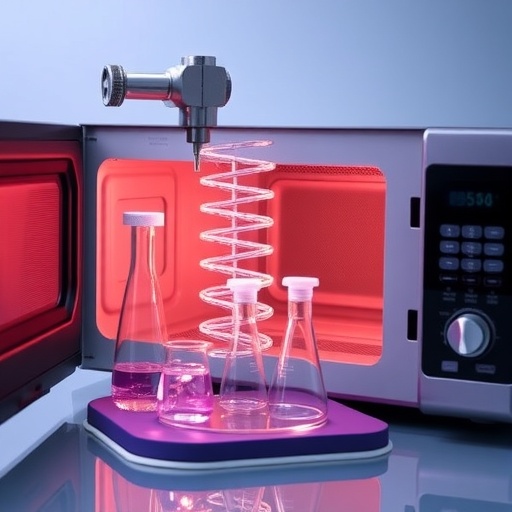


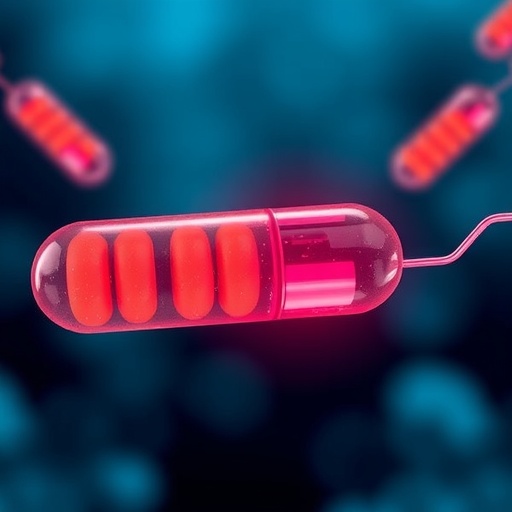
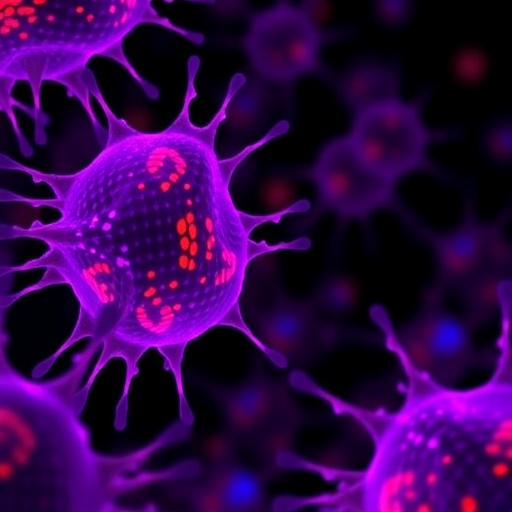
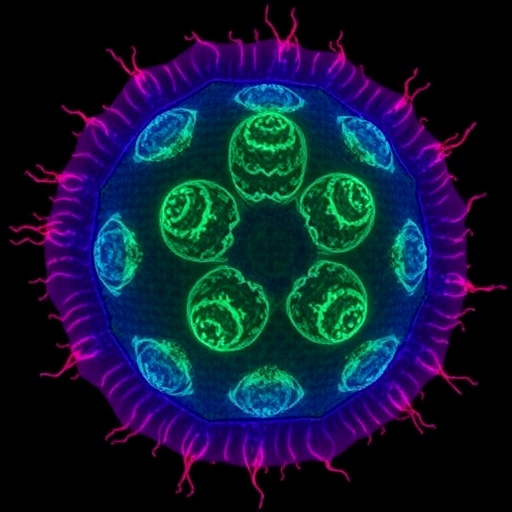
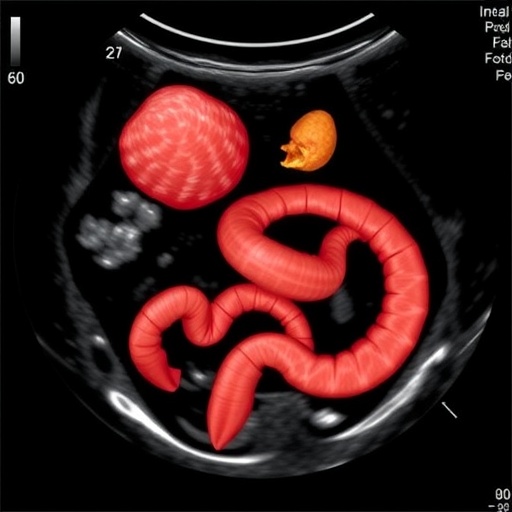














 English (US) ·
English (US) ·  French (CA) ·
French (CA) ·